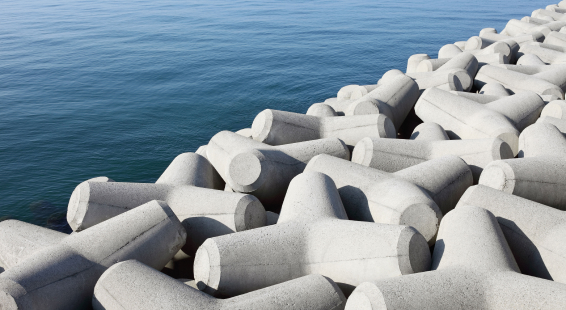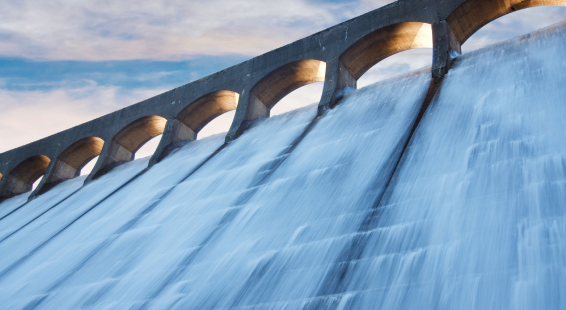Introduction of products
Production Capacity
Types and characteristics of blast-furnace slag cement
- Types
-
- Characteristics
- - Excellent workability
- - Reduction of hydration heat
- - Densification of the internal structure
- - Enhancement of long-term strength
- - Improvement of durability
- - Excellent economic feasibility
- Main uses
-
 General construction and civil engineering work
General construction and civil engineering work
 Coastal structure construction
Coastal structure construction
 Dam construction
Dam construction
 Pulverization
Pulverization
Chemical components of blast-furnace slag cement (KS L 5210)
| Chemical component | Type 1 | Type 2 | Type 3 |
|---|---|---|---|
| Anhydrous Sulfuric Acid(SO3) % | 3.5 or less | 4.0 or less | 4.5 or less |
| Magnesium Oxide(MgO) % | 5.0 or less | 6.0 or less | 6.0 or less |
| Ignition loss % | 3.0 or less | 3.0 or less | 3.0 or less |
Physical performance of blast-furnace slag cement (KS L 5210)
| Item | Type 1 | Type 2 | Type 3 | |||
|---|---|---|---|---|---|---|
| Fineness | Specific surface area(blaine) cm²/g | 3.000 or higher | 3.000 or higher | 3.300 or higher | ||
| Stability | Autoclave expansion % | 0.2 or less | 0.2 or less | 0.2 or less | ||
| Lechatelier(mm) | 10 or less | 10 or less | 10 or less | |||
| Setting time | Vicat test | Initial setting | Minutes | 45 or higher | 60 or higher | 60 or higher |
| Final setting | Hours | 7 or less | 10 or less | 10 or less | ||
| Compressive strength MPa (N/mm²) | 3 days | 12.5 or higher | 10.0 or higher | 7.5 or higher | ||
| 7 days | 22.5 or higher | 17.5 or higher | 15.0 or higher | |||
| 28 days | 42.5 or higher | 42.5 or higher | 40.0 or higher | |||
Advantages of blast-furnace slag cement
- - Great inhibitory effect on alkali-aggregate reaction
- - Effect of reduction in unit water content and slump loss
- - High magnetic strength
- - Great water-tightness
- - Increased resistance to sea water
- - Great chemical resistance
- - Low heat of hydration
Status of Certificates from External Certificate Authorities
2010. 09. 08
KS Certificate (KS L 5210): 2-type ground granulated blast-furnace slag2022. 08
GR F 4003 Certificate (Recycled Concrete Using Blast-Furnace Slag Cement)

